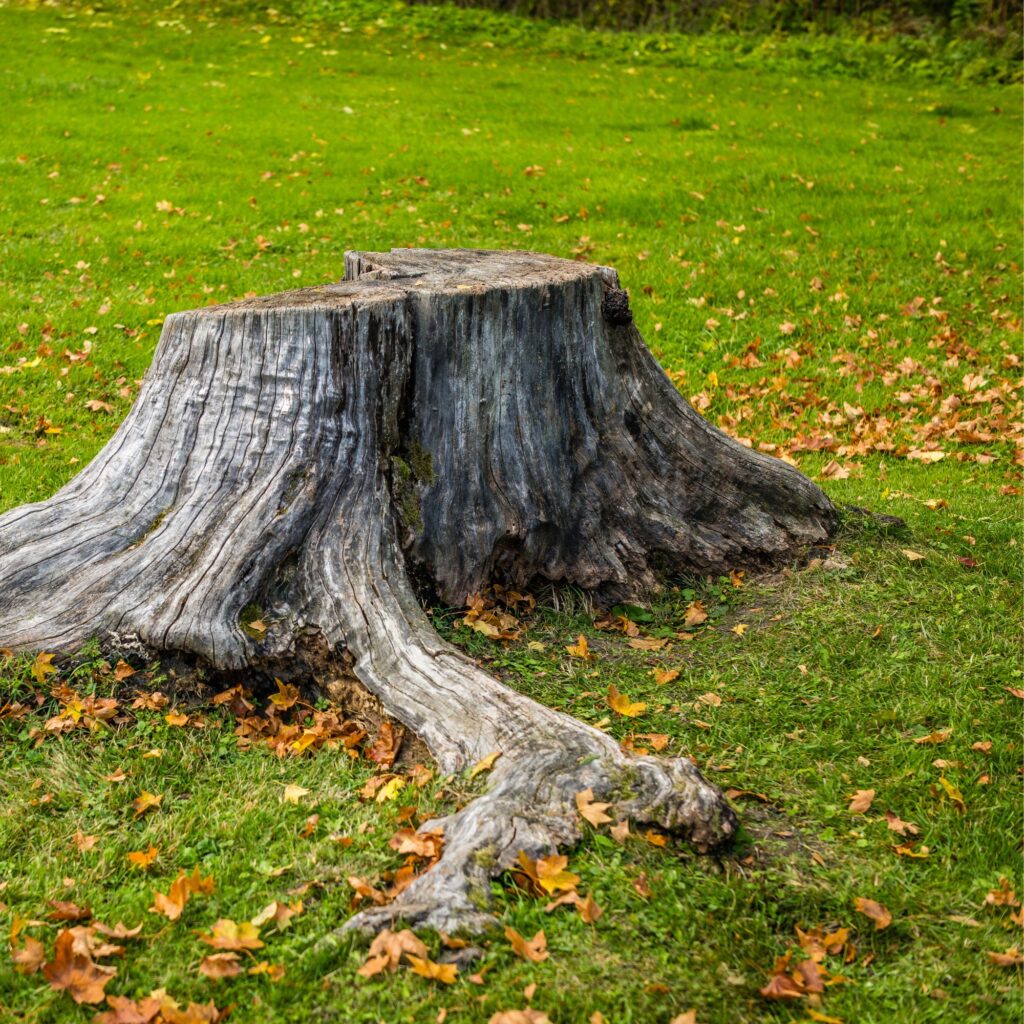Tree work is dangerous. Leave it to the experts.
When considering cutting tree limbs, it’s important to think about several factors. The health, safety, and aesthetics of the tree and its surroundings should all be taken into account. Here are some guidelines to help you determine which tree limbs should be pruned. But before you climb up your ladder with a chainsaw, it’s crucial to understand the inherent danger that comes with cutting tree limbs and other parts of trees. Consider your skill level, and don’t be ashamed to call a tree professional. In Fort Worth, TX, Tree Spark offers a range of tree services for you, your home, and your property. Give us a call at (817) 717-7737 for help cutting tree limbs or any other tree-related service.

Knowing Which Limbs to Cut When Pruning a Tree
When shaping a tree, you don’t want to haphazardly snip away. Instead, look for limbs that are dead, diseased, or infested with pests. Dead limbs are often brittle and may have no foliage or bark. Removing these limbs prevents them from falling and potentially causing injury or damage.
Identify limbs that cross or rub against each other. This can lead to bark damage and create entry points for diseases or pests. Remove one of the crossing limbs to prevent further damage.
Check for limbs that are weak, split, or have narrow crotch angles. These limbs are prone to breakage, especially during storms or high winds. Pruning such limbs reduces the risk of property damage or personal injury.
Evaluate limbs that overhang structures, walkways, or power lines. Trim these limbs to maintain clearance and prevent potential hazards. Be cautious around power lines and consider hiring a professional arborist for this task.
Look for limbs with excessive or rapid growth that disrupts the tree’s natural shape or balance. Thinning out crowded areas can improve air circulation and sunlight penetration, promoting overall tree health.
Assess limbs that obstruct pedestrian or vehicular traffic, obstruct views, or impede access to the tree. Prune these limbs to enhance safety and accessibility.
Identify limbs with weak attachments to the main trunk or branch. These may be indicated by included bark or narrow angles of attachment. Removing such branches reduces the risk of structural failure.
Check for limbs that droop excessively, especially if they pose a hazard or obstruct desired views. Prune these limbs to maintain the tree’s shape and improve visibility.
Consider the overall appearance of the tree and prune to enhance its natural form and beauty. Remove limbs that detract from the tree’s symmetry or balance.
Some trees are best pruned during specific seasons to minimize stress and promote healing. Research the appropriate timing for pruning the specific tree species in your area.
When pruning tree limbs, always use proper tools and techniques to make clean cuts without damaging the tree. If you’re uncertain about which limbs to prune or how to do it safely, consider consulting a certified arborist for professional advice and assistance. Give us the opportunity to earn your business. Dial (817) 717-7737 today.

